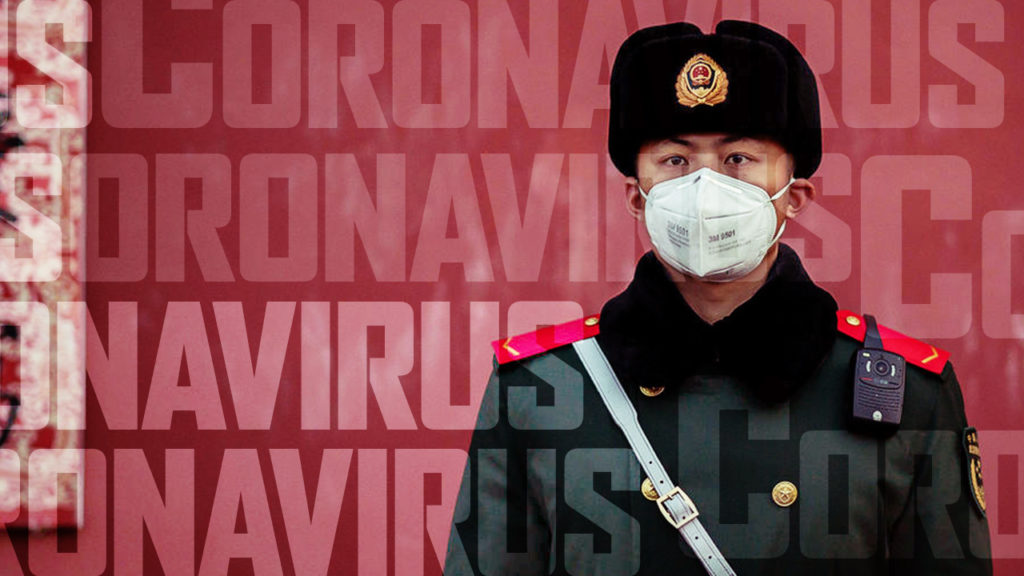Submitted by Dr. Binoy Kampmark
The coronavirus student, a species brought forth in the world of education by a pandemic that has killed over 400,000 people in the United States and 100,000 in the United Kingdom, is a troubled creature. When universities and schools across the globe were given varying and often contradictory messages on the safety of continuing in class teaching and participation, the seeds of confusion and fear were sown. The broadest, most acceptable solution, at least in terms of safety, was moving learning to an online format.
One evident issue, notably in higher education, is the attractions offered by remote or virtual learning. Finally, those championing cost saving measures by physically exiling the teacher from the classroom in favour of stale, pre-recorded sessions of lifeless content, had a pretext. In consulting the literature on what is banally called “E-learning,” the following article in Quantity and Quantity suggests what it consists of: “technology-based learning through websites, learning portals, video conferencing, YouTube, mobile apps, and thousand [sic] type of free available websites for blended learning tools.”
All these platforms have undeniable uses. A multifaceted technological environment contaminated by Google, YouTube and social media has found a way into pedagogical technique and learning. But the tool so fashioned is never the complete human; true learning must have, on some level, a flesh and blood contact if it involves other humans, a connection by which the cerebral cortex can be stimulated and thrilled.
Without realising it, those who arrived at terms such as “remote learning” were accurate to a fault: learning in remote fashion is emotionally stripping and estranging, a learning experience forged on the dark side of the moon. Glacial and discouragingly distant, the impression is one of being left abandoned in a garage without an understanding of the tools at hand and how they might best be used. The poor abandoned sod is left to seek inspiration from elsewhere, in the process enriching the already obscenely wealthy tech giants of Silicon Valley.
Student responses to this change of learning circumstances have varied. Anxiety and stress remain central, hindering any adaption to online education. Nor is this helped by the unevenness of technological access of the global student population, occasioned by the often ridiculous assumption that each member of the human race is plugged into the weirdly wonderful Internet. “Although these inequalities existed earlier,” observe the authors of a study of student responses to online learning in an Indian university, the Netaji Subhas University of Technology, “the COVID-19 pandemic has exposed this digital divide.”
The response to online learning also varies depending on which authority you wish to consult. But the impressiveness of learning in a physically tangible environment is clear. The survey study of opinions from 358 students at the Netaji Subhas University of Technology found that 65.9% thought in-class learning more rewarding. Some 68.1% of students did concede that academics had improved their online teaching abilities since the beginning of the pandemic, while 77.9% found it useful.
A more personal touch is offered by a highly sanitised student account in the University of Queensland’s Contact Magazine. Such material should always be treated with due care, given the publishing outlet and the manicured, lipstick rich enthusiasm of the student. But even here, the Bachelor of Engineering honours candidate can admit to “personal challenges around remaining motivated and up to date now that my schedule is more fluid”. There was also the temptation to spend more time watching Netflix. “Unfortunately,” she concedes, “many of my courses had a large practical component to them, which are no longer available.”
While forms of online learning have distinct advantages in, for instance, coping with COVID-19 restrictions and mitigating the risks of transmission, a bigger picture is always at play in the world of organisational management. Motives are multiple, and rarely do they centre with absolute certainty upon protecting student welfare.
One driving motivation behind moving educational institutions to the online world is the replication of management even as teaching staff are reduced. Academics have been made redundant as student enrolments fall, coaxed into providing recordings and content that can be endlessly reused. There are threats of departmental amalgamation and a cancellation of courses. But there is always more room for the addition of COVID-19 bureaucrats. As ever, more individuals otherwise unconnected to the actual process of teaching and research will find a way to louse up matters. These good sorts, with a brief of faux compassion, are charged with not inconsiderable surveillance and direction powers. Their role is to keep a good wide eye on staff and students to ensure they are observing hygiene practices, undertaking re-education modules on how best to teach and learn in a “COVID-19 safe” way, and root out the deviants.
There are other, telling implications. The pandemic crisis has been productive to aspiring razor gangs obsessed with trimming budgetary expenditure across entire entities. The property paladins have been smacking their lips, keen to snap up more space needlessly occupied by instructors and their students.
What many institutions are doing is delivering an emaciated model of teaching and learning while keeping the costs of taking the subjects at the same, pre-coronavirus level. The modern learning institution has become the clearing house for glorified correspondence courses. By the time the vaccination drive has parked most of the world’s population into appropriate spots of security, the learning environment will have a permanently cold and mechanical sense to it. Students of the future will be none the wiser.
Dr. Binoy Kampmark was a Commonwealth Scholar at Selwyn College, Cambridge. He lectures at RMIT University, Melbourne. Email: bkampmark@gmail.com






